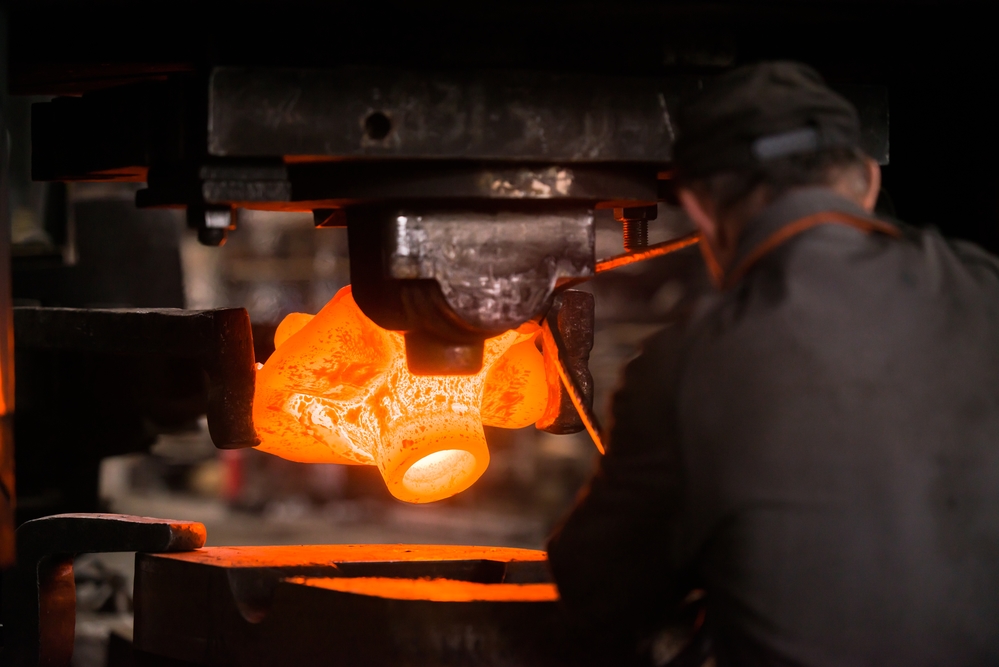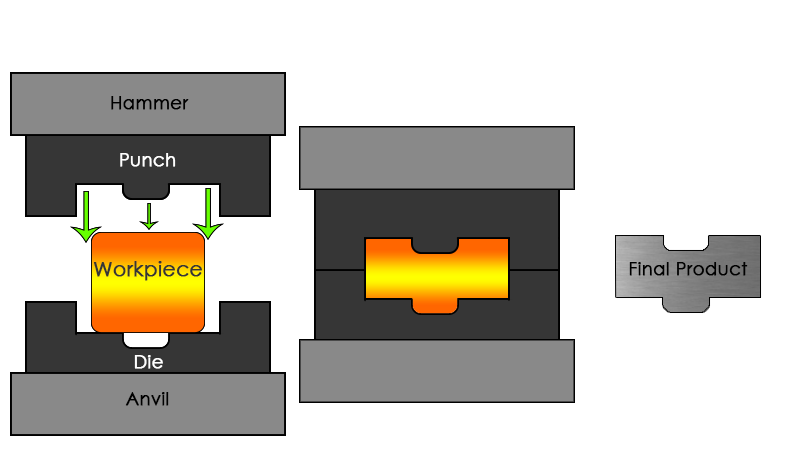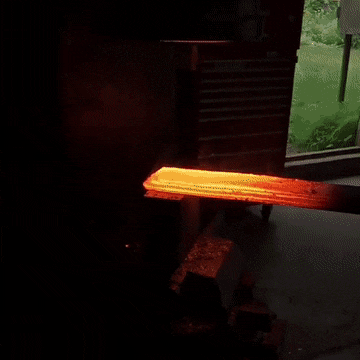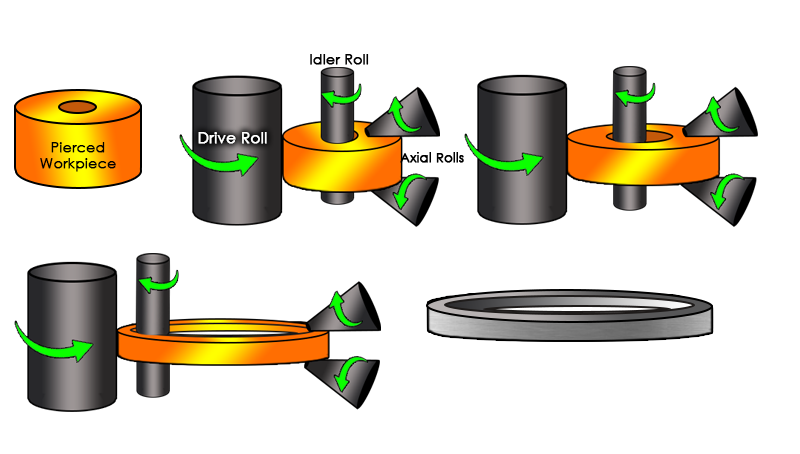The 411 on

Susie Henaghan
The Basics: Metal forging is the shaping of metal, typically by fire or furnace, then with the use of force—shaping it into its desired structure. There are three primary techniques used within industrial forgings: die forgings (open and closed), drop (hammer forgings), rolled ring forging.
Die a Little: A die is a specialized tool used to shape the metal, mostly using a press. Similar to a mild, dies are generally customized to the item they are used to create. Die-made products range from a simple paperclip to turbine compressor components.
The application of these methods produces a valuable end product that is far superior to fabrication processes.
Forging creates better metallurgical properties, ductility, fatigue, and impact resistance, as well as creating a continuous grain flow, with finer grain size, and overall higher product strength. Forging improves the finished metal’s microstructure and is seamless, which eliminates the need for welding. Forging also offers a lower cost as it requires less material.
Forging’s benefits also make it preferable compared to casting. Forging reduces the chance of voids in the end product and has a great wear resistance due to grain flow. Forging also produces better fatigue and impact resistance, making it a long-term method of choice.
Now we know the basics, let’s break down the differences in Open-Die Forging, Closed-Die forging and Rolled Ring forging…

Closed Die Forging— A Lasting Impression:
Closed-die forging (also known as impression-die forging) applies pressure and heat to forge a piece of metal into filling an enclosed die. Once the metal has been heated to malleable temperature, the upper and lower dies will press together, forcing the metal to fill up the impression.


Open-Die Forging—Cause I’m Free, Free Forging:
Open-Die forging is also known as free forging. The heated workpiece is pressed between two dies that do not entirely enclose the metal. These dies hammer and stamp the metal repeatedly while the operator manipulates the part to alter its dimensions until the desired shape is achieved. This technique has been traditionally used by blacksmiths and an older manufacturing process.


Rolled Ring Forging—Spin Me Right Round:
Rolled ring forging starts with a workpiece that has already been pierced giving it a hollowed-out “doughnut” shape. Once the piece is heated, it will undergo opposing forces from a driver roll, idler roll and axial rolls, which are simultaneously rotating. The workpiece is placed on an idler roll, and slowly moves toward the driver roll, which will increase the diameter of the metal ring and cause a reduction of the wall thickness. The axial rolls control the desired height of the ring. The process produces a seamless rolled ring that can be used for a myriad of products such as gears, valves, clutches and bearings.

Some of our largest customer markets include aerospace, national defense, automotive, construction, mining, oil tool, and general industrial equipment. We welcome your inquiry and will show you first hand how we make a difference. Whether it be near-net forgings that save you machining time or lower tooling costs to help you buy “just what you need”, Alloys International, Inc. is your partner on the ground!
Need a Quote?


